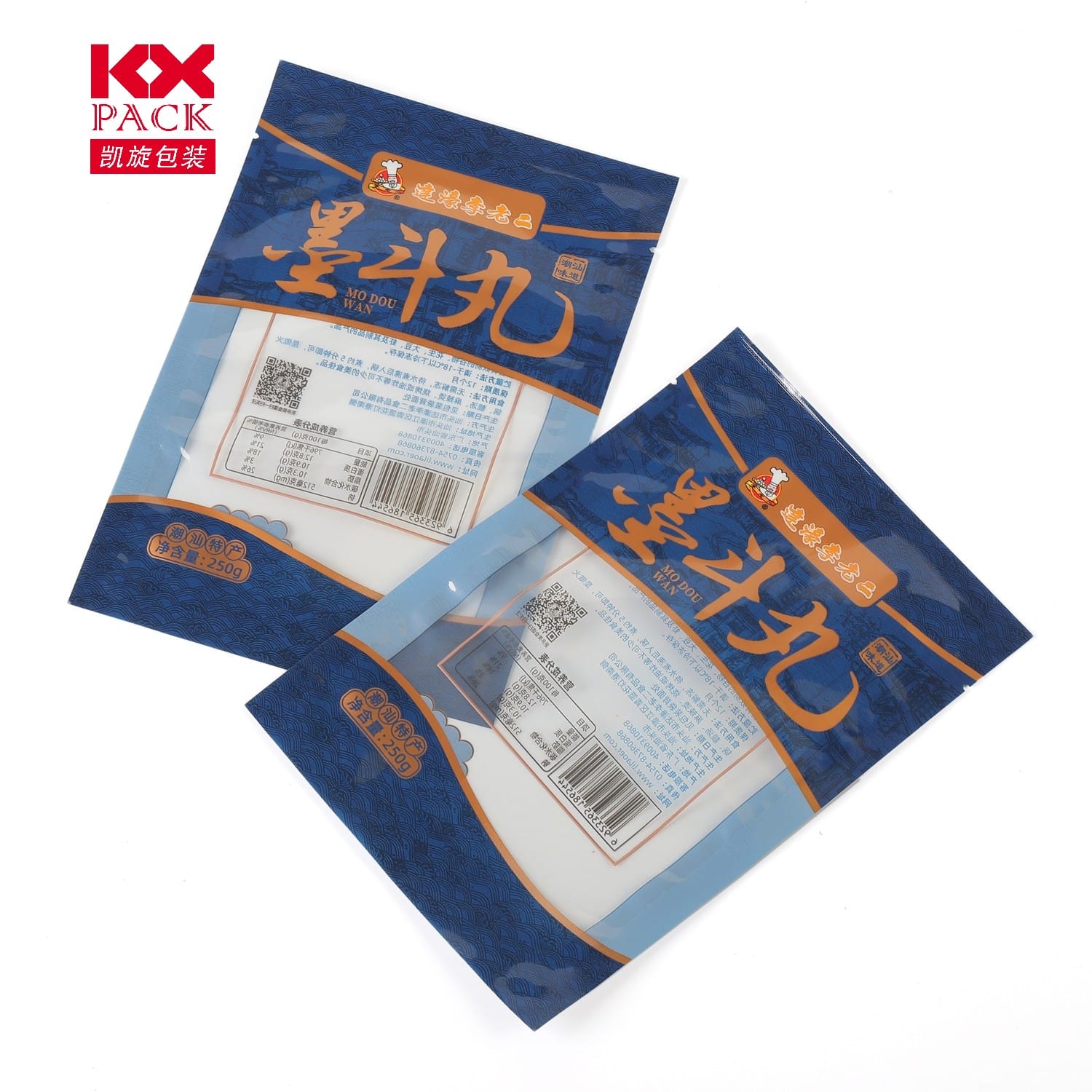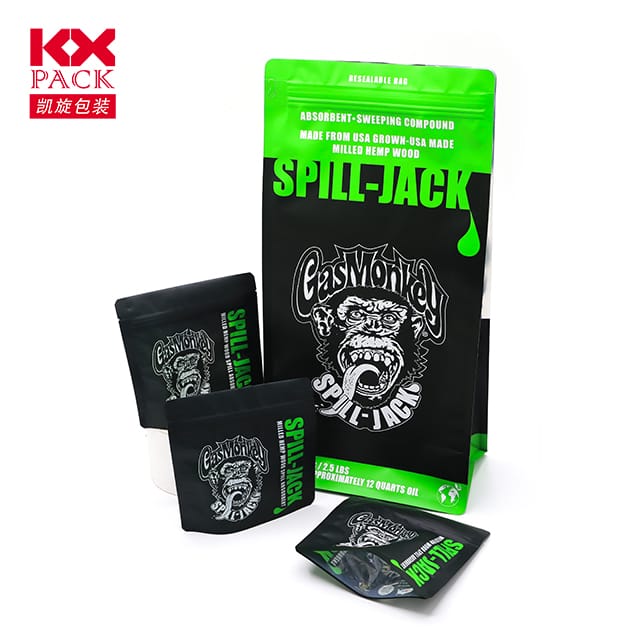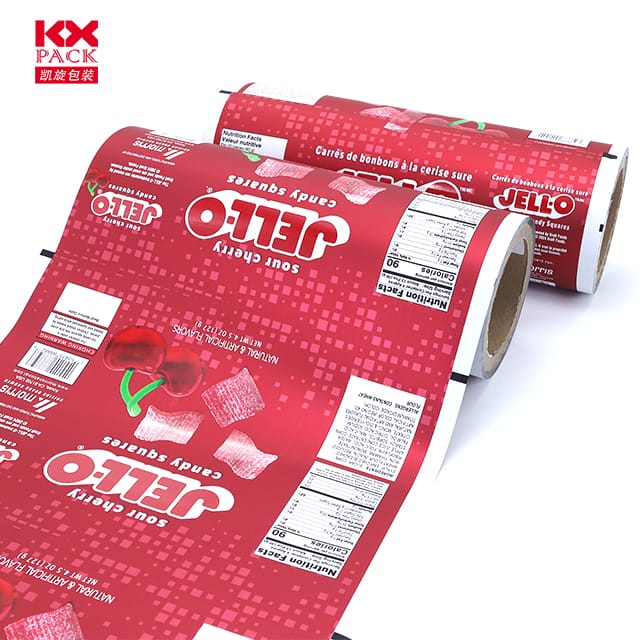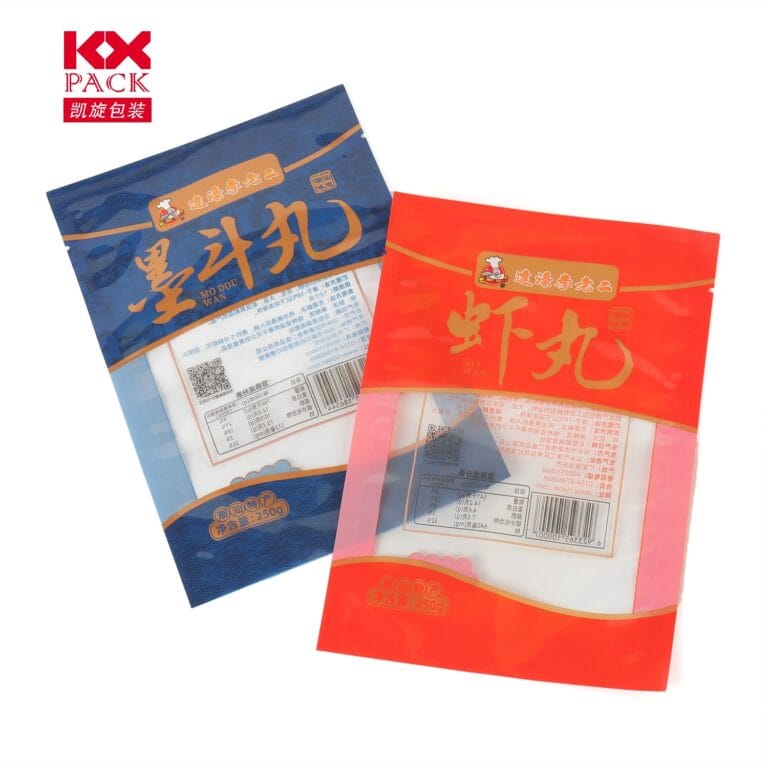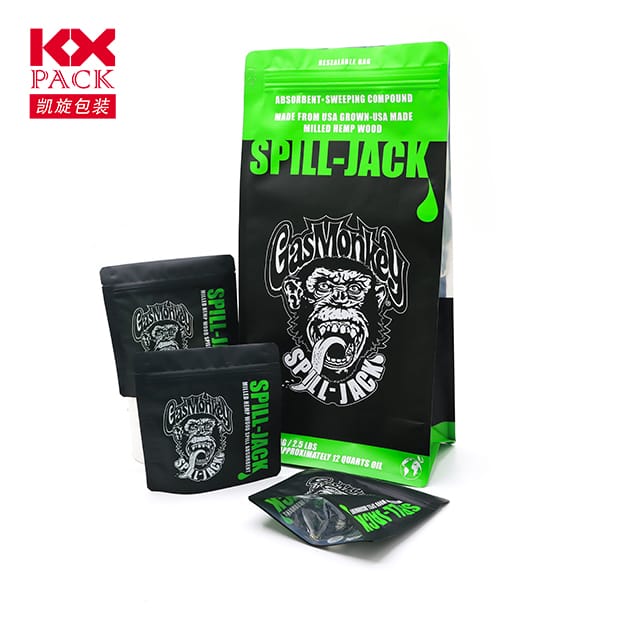包装塑料膜的终极指南: 用途, 好处, 和环保替代品
塑料薄膜
无论您是打包剩菜, 存储季节性物品, 或运输脆弱的商品, 包装片 是家庭主食. 以其灵活性而闻名, 透明度, 并能够创建密封密封, 保鲜膜 (或保证电影) 简化食物保存和包装. 然而, 随着环境问题的越来越多, 许多正在重新考虑其使用. 在本指南中, 我们将探索塑料膜的实际用途, 它的缺点, 以及可持续的替代方案,以帮助您做出明智的选择.
什么是包装的platic电影?
用于包装的Platic电影 - 通常称为Cling Film, 建议包装, 或食物包裹 - 很薄, 可拉伸塑料板主要由聚乙烯制成 (体育) 或聚氯乙烯氯化物 (PVDC). 它旨在紧贴表面, 创建一个紧密的印章,可保护食物免受空气的侵害, 水分, 和污染物.
platic膜的常用用途
- 食物存储:
- 包裹剩菜, 水果, 蔬菜, 和三明治以保持新鲜.
- 盖上碗和菜肴,以防止溢出并保持水分.
- 家庭组织:
- 在绘画或翻新过程中保护家具.
- 在存储或移动之前,包裹精致的物品,例如花瓶或小雕像.
- 运输和包装:
- 将脆弱的物品包裹在塑料膜中之前,请先将它们放入盒子中.
- 与气泡包裹结合起来以额外的缓冲.
- 美丽和个人护理:
- 在头发治疗或DIY护肤程序中用作保护层.
塑料膜的优势
- 负担能力: Platic胶片便宜且广泛可用.
- 方便: 它的弹性, 固定的性质使得没有胶带或胶粘剂易于使用.
- 透明度: 允许您看到包装物品而无需解开包装.
- 卫生: 对细菌产生障碍, 灰尘, 和害虫.
底层胶片的环境影响
虽然塑料膜提供不可否认的便利性, 它的环境足迹很重要:
- 非生物降解: 大多数塑料电影需要数百年才能分解, 造成垃圾填埋场和海洋污染.
- 一次性优势: 许多包装均设计用于一次性, 加剧塑料废物.
- 微塑性风险: 当分解时, 塑料膜可以将微塑料释放到生态系统中, 伤害野生动植物并进入食物链.
塑料胶片的环保替代品
- 蜂蜡包裹:
- 用覆盖在蜂蜡中的棉花制成, 这些可重复使用的包装非常适合覆盖碗或包装食物.
- 使用后可生物降解和堆肥.
- 有机硅食品覆盖物:
- 耐用的, 可重复使用的硅胶盖拉伸以适合碗和容器, 创建密封.
- 可重复使用的织物盖:
- 缝制您的或购买带有弹性边缘的布料盖,以进行环保食品存储.
- 玻璃或塑料容器:
- 投资密封容器以长期存储而不是一次性储物包装.
- 纸或铝箔 (用于特定用途):
- 虽然并不总是理想的保湿率, 未漂白的羊皮纸或可回收铝箔可以适用于某些食物.
减少塑料薄膜废物的提示
- 在可能的情况下重复使用: 如果状况良好,则冲洗和干燥的塑料膜可用于多种用途.
- 正确回收: 检查当地的回收指南 - 一些区域接受指定垃圾箱的干净塑料膜.
- 批量购买: 选择较大的卷来最大程度地减少包装废物.
- 避免过度使用: 仅包装减少塑料消耗所需的需求.
最后的想法
用于包装的塑料薄膜无疑是实用的, 但是它的环境成本太高,无法忽略. 通过探索可重复使用的替代方案并采用正念用法习惯, 您可以在减少塑料污染的同时保持食物新鲜. 小小的变化加起来 - 通过将一个保鲜膜习惯换成今天的可持续选择来开始!
对于提示: 如果您必须使用塑料胶片, 寻找由可回收材料制成的品牌或被标记为可生物降解的品牌 (虽然验证认证以确保真实性).
您对塑料胶片的替代方案是什么? 在下面的评论中分享您的提示!
让我们更聪明, 不难! 🌍✨

